Art Mediums – A Journey Through 32 Artistic Mediums
All throughout the history of humankind, our species has expressed itself through an array of artistic mediums. But what is a medium in art? A simple medium art definition would be the various tools and methods that artists used through the ages to create their works of art. From the early pigments created by cave dwellers to mark their hands on walls, through to the tools used for painting and drawing, and even including new formats of expression such as computer-generated graphic designs, humans have expressed themselves in a way that reflects the technological advancements of the era. This guide will introduce you to the different art mediums available to you so that you can choose which types of art mediums suit your project best!
Painting and Drawing Mediums
Out of all the artistic mediums, drawing techniques and painting styles have the most variation in terms of the different art mediums available to choose from. Painting and sketching have been the most commonly applied mediums in art history, and the art mediums list for this section will cover what materials are available to choose from.
Egg Tempera Paint
Tempera is a type of painting medium that has been used for many centuries due to its quick-drying ingredients and long-lasting pigments. Some examples of tempera paintings have been dated as far back as the 1st century AD, but most of the examples we have left today are from the 12th century until the 15th, after which oil paints became more popular.
Tempera is also called egg tempera, as it is usually made of pigments that have been bound to a water-soluble emulsion such as the yolk of an egg.

Fresco Paint
Fresco paint is a traditional mural technique dating back centuries, where pigments are applied directly onto wet plaster. This method allows for vibrant and long-lasting artworks, as the colors become an integral part of the wall as they dry. Famous examples include the stunning frescoes found in the ancient city of Pompeii, such as the Villa of the Mysteries.

Oil Paint
Tempera was a popular medium in art until the arrival of oil paint, which then became the traditional artistic medium in Europe in the 15th century. Oil paint is a slower drying artistic medium and is made from various pigments mixed with oil, such as linseed. Oil painting became a popular artistic medium due to its slow-drying properties as artists could easily change their paintings by adding more layers to the canvas.
This was hugely advantageous to artists as they weren’t stuck with the mistakes typical of using tempera as a medium in art.
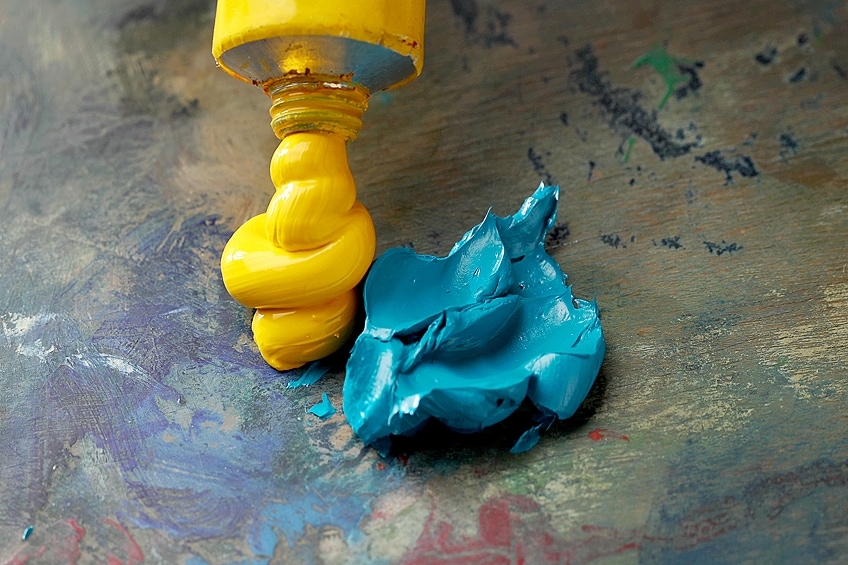
Acrylic Paint
Acrylic paints dry much faster than oil paints and are water-resistant once dry. To create an effect similar to watercolors, you can dissolve the paint with a bit of water before applying it to your painting. The advantage of using acrylic paint is that you can add textures and depth by applying layers of acrylic paint until you reach the look you desire. You can also add more water to create a kind of matte look in your artwork.

Watercolor Paint
Watercolors are hugely popular because of the large array of colors one can create from them. However, working with watercolors can sometimes prove to be a bit tricky for first-time users. Although the range of achievable colors is a great advantage, once you commit the paint to your chosen canvas, very little can be done to change the end result.
Watercolors are great for creating landscapes due to the luminosity of the pigments.
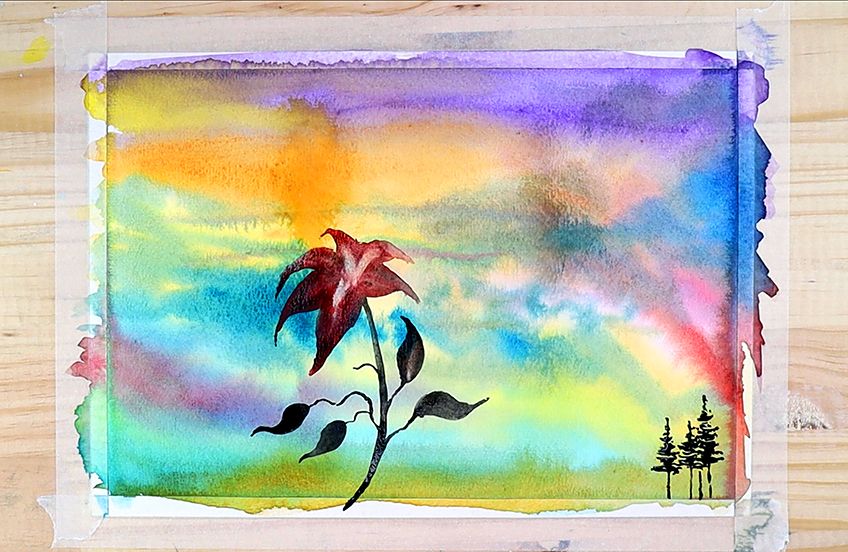
Encaustic Paint
Encaustic paint is a unique and ancient artistic medium that involves using heated beeswax mixed with pigments to create vibrant and textured paintings. Artists often layer and fuse the wax to achieve a luminous and durable surface, resulting in a distinctive and timeless aesthetic. The process of working with encaustic paint allows for a wide range of expressive possibilities, from smooth, translucent layers to intricate textures, making it a versatile and captivating medium in contemporary art.

Gouache Paint
Gouache paint is a water-based medium that combines the characteristics of watercolor and acrylic paints, known for its vibrant colors and opaque finish. Artists appreciate gouache for its versatility, as it can be applied in thin washes like watercolors or layered for a more opaque and matte effect.
This makes it a popular choice for illustration and fine art.
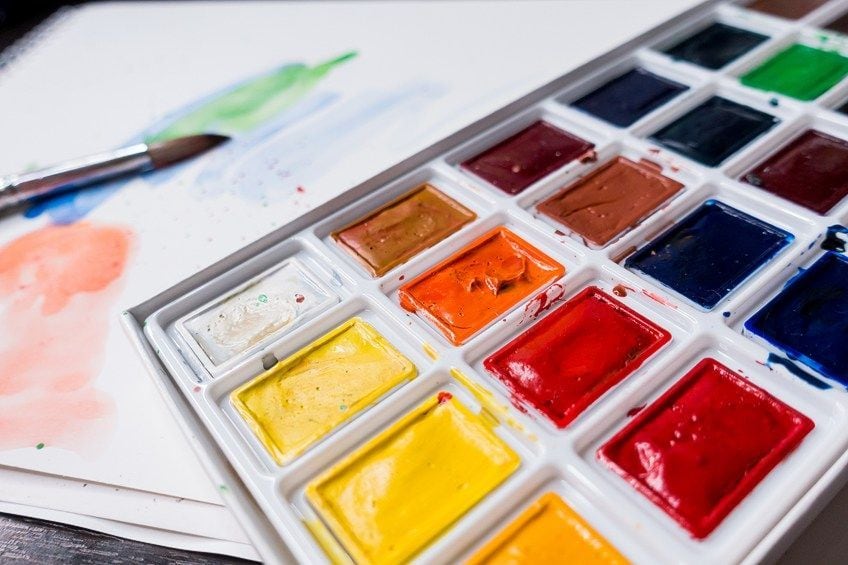
Charcoal
Artists have always created art out of the available materials around them. Fire has been a part of human development and culture for a very long time, meaning that charcoal has been one of the most readily available types of art mediums throughout the centuries. Charcoal sticks can be made by binding organic powder with a waxy substance. Charcoal is a rare medium in art materials as it can easily be erased, so if you are planning on trying it, do some research on how to apply fixatives to your canvases to extend the life of your artwork.

Pastels
Pastels use pigments that are quite similar to those used in oil paints, and are created by mixing these pigments with a binding material. Having been a popular medium in art since the 18th century, there are a variety of pastels that can be used in many ways depending on the techniques you want to apply. Harder pastels are great for overall composition sketching and outlines, while softer pastels look amazing when blended. Another version of the pastel artistic medium uses a sponge for application, called pan pastels.
Depending on whether you want softer toned pastel creations that look similar to watercolors or you want vividly colored vibrant artworks will determine which pastel art mediums to use.

Chalk
Due to its organic content, chalk is another of the different art mediums that have been used since the earliest days of human art. Materials such as ochre, limestone, and black stone were used to create colors such as sanguine, white, and black. Although originally used for sketching, chalk was soon considered of equal importance as the other types of art medium during the Renaissance period.
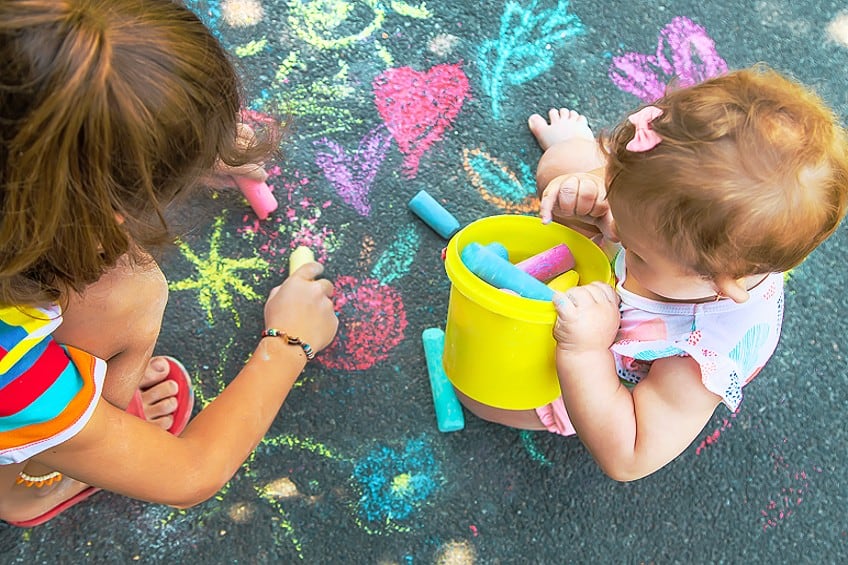
Graphite Pencils
Graphite pencils were first used by artists in France during the 17th century. They are great for outlining compositions, creating sketches, or even for applying shading to your artwork. Graphite pencils are one of the types of art mediums that are great for beginners as you can easily edit and change your art.
This is done by erasing your mistakes and trying again until you get the desired result you are after!

Color Pencils
For most of us, color pencils were a commonly used medium in art classes growing up. Not only are they perfect art mediums to learn your skill with, but they are also used to create beautiful works of professional art. Color pencils can be used to create very simple line drawings or they can be used to create highly detailed and expressive works of art that can even look photorealistic if applied properly.
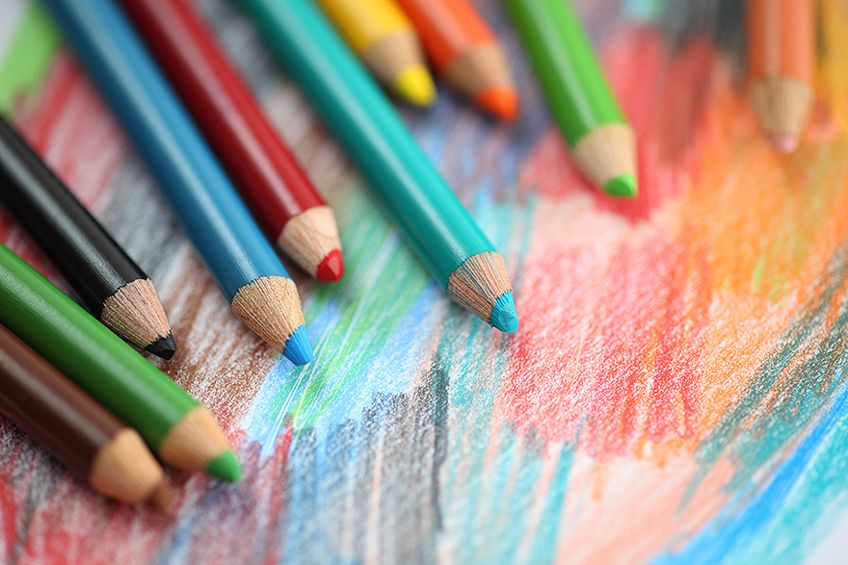
Ink and Pen
Pen and ink have also been used as art mediums for centuries. Ink is great for creating solid outlines but must be used with a steady hand and great care as there is no way to erase the ink. Ink and pen have been used to create intricate graphic art as well as text-based art forms such as calligraphy for centuries.
Depending on what you intend to use your pen for, you can find a multitude of suitable drawing tools such as drafting pens, fountain pens, and graphic pens.

Silverpoint
Silverpoint is a traditional drawing technique that involves using a silver-tipped instrument to create delicate and detailed lines on specially prepared surfaces. Known for its fine, silver-gray lines that subtly oxidize over time, silverpoint has a historical significance dating back to the Renaissance and continues to be valued for its meticulous and archival qualities in contemporary art.

Three-Dimensional Mediums
Three-dimensional art mediums encompass a diverse range of creative expressions that extend beyond traditional flat surfaces. Sculpture, ceramics, and carvings are prominent examples, inviting artists to explore form, texture, and spatial relationships in captivating ways. Below, we explore the various three-dimensional art mediums to choose from!
Stone
As a robust and enduring artistic medium, stone has been utilized by sculptors for millennia to craft intricate and lasting works of art. Its inherent strength and versatility allow artists to carve, shape, and manipulate it into diverse forms, from delicate sculptures to monumental structures, making stone an enduring symbol of artistic expression across cultures and civilizations.

Bronze
Bronze, an alloy of copper and tin, stands as a revered medium in the world of sculpture, celebrated for its malleability and durability. Sculptors have harnessed the timeless beauty of bronze for centuries, creating intricate and lasting masterpieces that often grace public spaces and art collections.
The transformative process of casting bronze sculptures adds a layer of craftsmanship and artistry to this medium, making it an enduring symbol of artistic excellence.
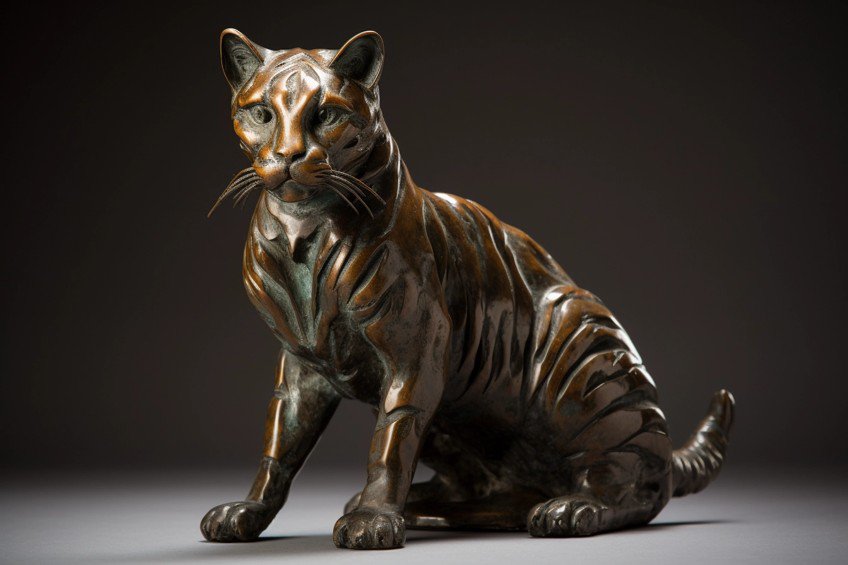
Clay
As a pliable and versatile medium, clay has been a fundamental material in the creation of pottery and sculpture for thousands of years. Artists mold, shape, and fire this earthy substance to bring forth a myriad of forms, from functional vessels to expressive and abstract sculptures. The tactile nature of working with clay allows for a direct and intimate connection between the artist and the material.

Glass
Through the delicate dance of heat and craftsmanship, artists fashion vibrant and translucent creations that embody the ethereal qualities of this captivating medium. Molten and malleable, glass transforms into intricate sculptures and intricate vessels, capturing and refracting light to mesmerizing effect.
The artistry lies in the fusion of technique and creativity, as glassblowers skillfully manipulate form and color to evoke a spectrum of emotions.
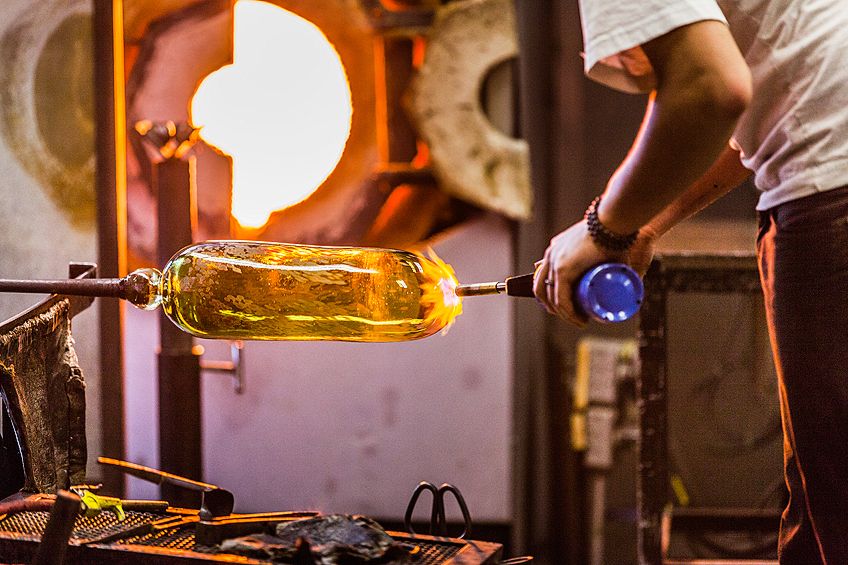
Wood
With its organic warmth and natural grain, sculptors transform this resilient material into evocative forms that capture the essence of nature and the artist’s creative vision. From graceful figurative sculptures to intricately carved functional objects, wood as an artistic medium reflects a timeless interplay between craftsmanship and the inherent character of the material. The sculptor’s skill in coaxing out the beauty within each piece of wood results in works that resonate with both tactile sensibility and aesthetic nuance.

Mixed Media Mediums
Mixed art mediums exemplify a fusion of diverse materials and techniques, transcending traditional boundaries to create eclectic and dynamic works. Artists employing mixed mediums leverage a harmonious interplay of elements, resulting in visually compelling and conceptually rich expressions that push the boundaries of conventional artistic categorizations. Below, we take a look at our favorite examples!
Collages
The word collage comes from the French word meaning “to glue” and was first pioneered by French Cubist artists like Pablo Picasso and Georges Braque. Collage art is created by combining bits of everyday objects such as newspaper cuttings and cloth and combining them in a way that portrays a unique idea out of existing visual materials.
With the wide accessibility to royalty-free images and intuitive software, it is easier to make digital collage art today than ever before.

Assemblage
Assemblage art is almost a kind of three-dimensional collage, consisting of apparently random bits of material and objects that have been placed on a flat surface to create something creative out of nothing. This style was made popular by artists such as Robert Rauschenberg and Jasper Johns in the 1950s and 1960s.

Found Objects
Similar to assemblage, these mixed medium artworks consist of everyday objects re-assembled on a canvas to create something beautiful and meaningful out of repurposed junk. Many street artists in South Africa use found objects to recreate scenes of township life, with soda cans and pieces of wire used to create imaginative art.
This medium not only promotes sustainability but also encourages a fresh perspective on the value and potential of the materials that surround us.
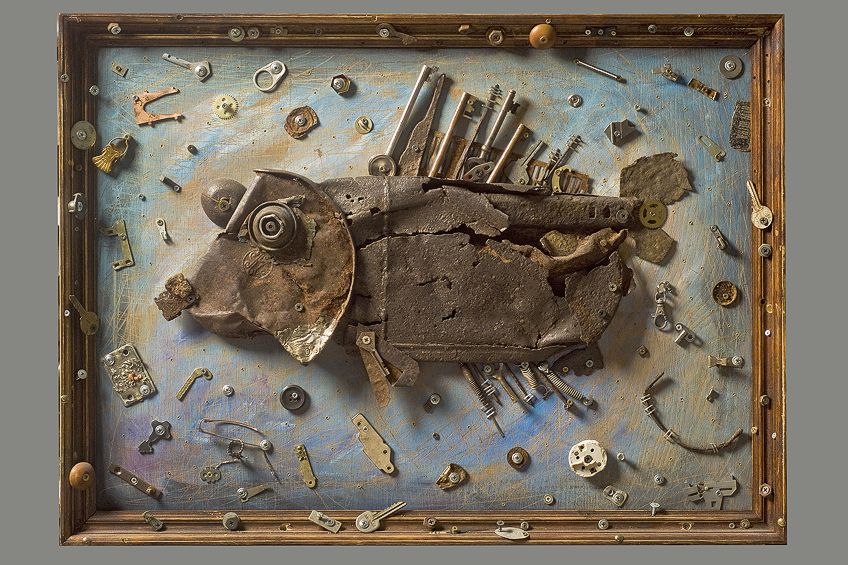
Installation
Transforming spaces into immersive experiences, installation art engages viewers on a visceral level, often blurring the lines between the observer and the artwork. Artists utilize various materials, spatial arrangements, and sensory elements to evoke emotional responses, fostering a dynamic dialogue between the audience and the environment they inhabit. The ephemeral nature of installations adds a temporal dimension to the artistic encounter, encouraging a contemplative and participatory exploration of the evolving narrative within the curated space.

Printmaking
Printmaking involves the creation of multiple impressions from a matrix, such as a woodblock or metal plate. Artists utilize various techniques like etching, lithography, and linocut to produce visually striking and reproducible images, showcasing the intersection of skill and creative expression.
The meticulous process of inking and pressing allows for the production of unique editions, making printmaking a versatile and accessible medium with a rich history spanning various cultures and artistic movements.
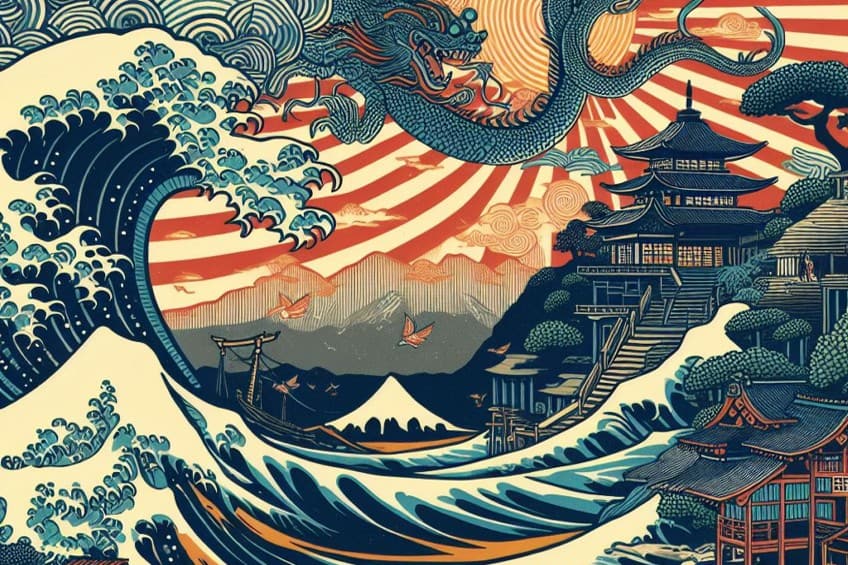
Art Journaling
Art journaling serves as a visual diary of past events, such as a scrapbook with various objects that have a special connection to a specific time or event, such as bus tickets from a holiday, postcards, feathers, concert armbands, and so on. The concept behind art journaling is to create a multi-medium experience that has been artistically created as a constant source of good memories.

Photographic Art Mediums
First invented in 1826, photography has been a significant factor in the changing manner in which we record our daily lives and the history of society. Certain moments of history can be painted to portray a certain feeling or impression of a moment, but no other medium can so easily and clearly replicate reality as well as the camera. In the modern era, it has become exceptionally easy to use photography as a medium of expression as well as historical documentation.
Documentary Photography
Similar to photo-journalism, documentary photography seeks to capture the real historical moments, emphasizing the zeitgeist of the moment by framing the situation through the correct angle and lens. Through a lens focused on reality, photographers convey compelling narratives, shedding light on diverse cultures, societal issues, and individual experiences with an authenticity that resonates deeply.
This form of visual storytelling not only freezes a moment in time but also becomes a potent tool for fostering empathy, understanding, and social awareness.
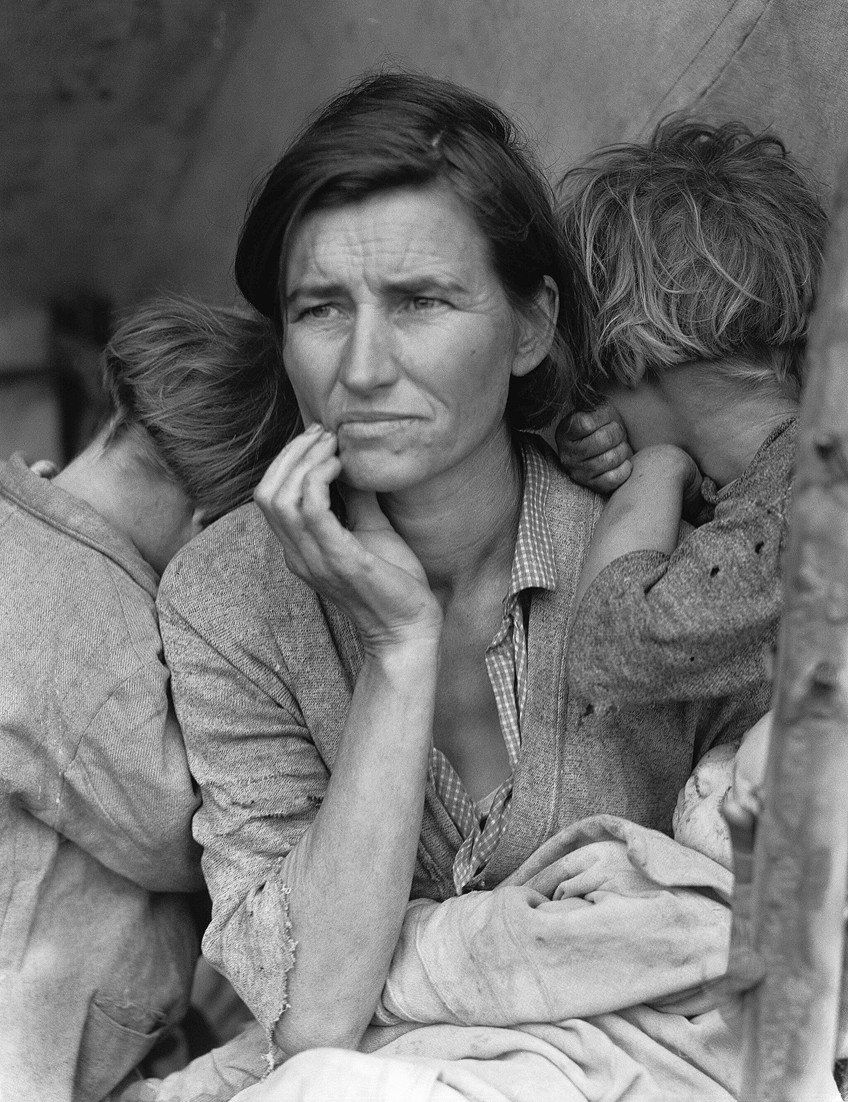
Landscape Photography
Landscape photography is the modern version of the old tradition of landscape painting. Artistic photographs of landscapes capture the flowing forms and vivid colors of nature. Although one might think that a photographer would be limited in creative input with a realistic scenario such as a landscape, yet just as with landscape painting, a photographer can use perspective, color filters, and framing of unique subject matter to tell a story and impart an artistic idea.

Portrait Photography
Portrait photography is another one of those styles that have roots in older traditions, such as portrait painting. The art mediums may have changed over the years, but the concepts have remained the same. Although portraits capture the real image of people, depending on how the photographer positions the camera and uses lighting, one can bring out certain characterizations of the subject in very creative and artistic ways.
Whether capturing candid moments or carefully posed shots, this medium continues to be a timeless and powerful form of visual storytelling.
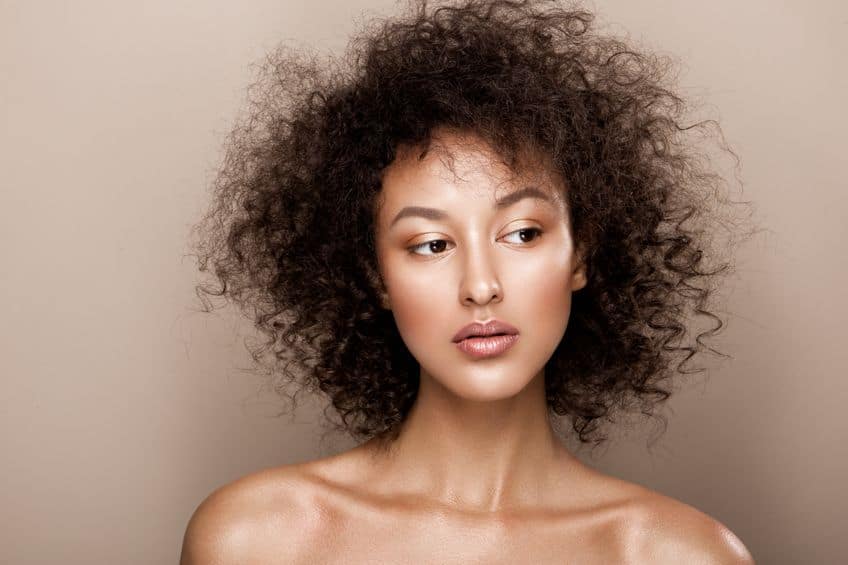
Nude Photography
This form of photography is almost as old as the invention of the camera itself. The naked human form has long been a symbol of beautiful form and proportion, so it is no surprise that it has been a form of photographic art for many years. Many artists also use the human form out of the normal context to paint and position them in various ways to visually represent something else entirely. This medium provides a unique lens through which artists can convey emotions, sensuality, and the celebration of the human form.

Black and White Photography
Monochrome mastery in photography reveals nuanced contrasts and timeless compositions, emphasizing the interplay of light and shadow. Stripped of color, these images evoke a timeless aesthetic, allowing viewers to focus on the emotive power and storytelling within each frame.
The absence of color heightens the visual impact, inviting a contemplative journey into the essence of the captured scenes.
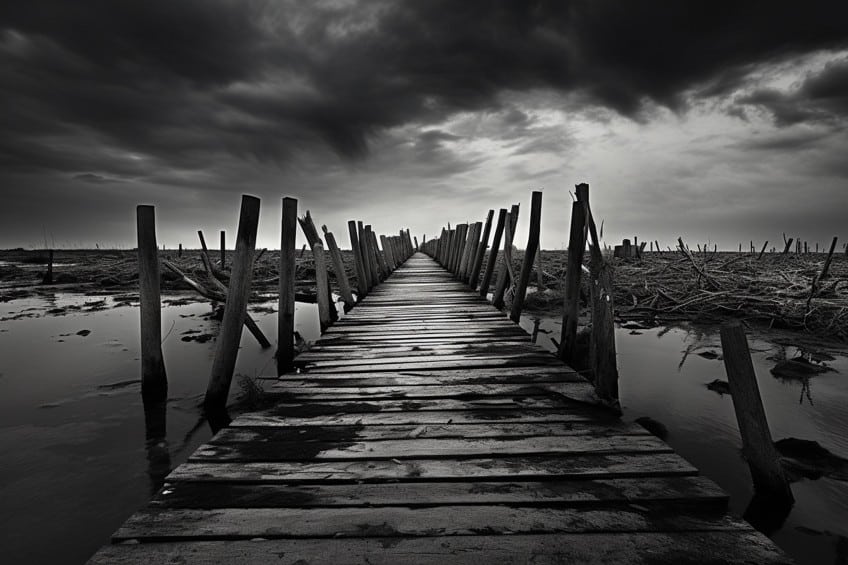
Digital Photography
With the advances in modern technology, it is now possible to create art out of the most basic of visual resources, layering and manipulating them in whichever creative manner you wish. The speed and capacity of modern home computers make photographic editing one of the most popular modern types of art mediums.

Video Art
Video art is another popular form of digital media used by modern-day artists. Made popular by prominent art figures such as Andy Warhol with actual videotape, today’s artists are no longer restricted to the tape medium, and with modern digital tools, they can create fascinating visual stories that impart graphic ideas, concepts, and reflections of the modern world through a modern medium.
A new emerging medium that has added another dimension to interactive art is video mapping and projection.

In the colorful palette of art mediums, creativity knows no bounds. From the enduring strength of stone to the fluidity of mixed mediums, each medium brings its unique charm to the canvas of human expression. As artists explore, innovate, and intertwine materials, the world of art continues to blossom with vibrant diversity, inspiring joy and wonder in every stroke, carve, and creation. Cheers to the limitless possibilities and boundless joy found in the ever-evolving tapestry of art!
Take a look at our different art mediums webstory here!
Frequently Asked Questions
What Art Medium Should I Use to Paint With?
That depends on the look and aesthetic you are after. The various mediums all have different advantages and disadvantages, so deciding on which paint to use can be tricky if you are a beginner. Certain types of paint dry very quickly, and once they have been layered onto the canvas it can be hard to fix a mistake or make changes. Watercolor is beautiful for the various color shades you can use but is hard to fix if you mess up. Oil paint is slower to dry, meaning that you can add more as you go along to change and adjust your painting.
Are Pencils and Paints the Only Mediums I Can Create Art With?
There are so many different types of art mediums to experiment and explore. In today’s art mediums list, we have covered most of the artistic mediums available to use, from the ancient methods of charcoal and chalk all the way through to the modern era of digital mediums. Today, we are fortunate to have more variety of art mediums to choose from than ever before, and in the future, we can expect even more additions to the medium art definition.
How Does Installation Art Differ from Traditional Two-Dimensional Artwork?
Installation art transforms spaces into immersive experiences, engaging viewers on a visceral level. Unlike traditional artworks confined to a flat surface, installation art blurs the lines between the observer and the artwork, often incorporating various materials, spatial arrangements, and sensory elements to create a dynamic and participatory encounter.
In 2005, Charlene completed her Wellness Diplomas in Therapeutic Aromatherapy and Reflexology from the International School of Reflexology and Meridian Therapy. She worked for a company offering corporate wellness programs for a couple of years, before opening up her own therapy practice. It was in 2015 that a friend, who was a digital marketer, asked her to join her company as a content creator, and this is where she found her excitement for writing.
Since joining the content writing world, she has gained a lot of experience over the years writing on a diverse selection of topics, from beauty, health, wellness, travel, and more. Due to various circumstances, she had to close her therapy practice and is now a full-time freelance writer. Being a creative person, she could not pass up the opportunity to contribute to the Art in Context team, where is was in her element, writing about a variety of art and craft topics. Contributing articles for over three years now, her knowledge in this area has grown, and she has gotten to explore her creativity and improve her research and writing skills.
Charlene Lewis has been working for artincontext.org since the relaunch in 2020. She is an experienced writer and mainly focuses on the topics of color theory, painting and drawing.
Learn more about Charlene Lewis and the Art in Context Team.
Cite this Article
Charlene, Lewis, “Art Mediums – A Journey Through 32 Artistic Mediums.” Art in Context. August 22, 2021. URL: https://artincontext.org/art-mediums/
Lewis, C. (2021, 22 August). Art Mediums – A Journey Through 32 Artistic Mediums. Art in Context. https://artincontext.org/art-mediums/
Lewis, Charlene. “Art Mediums – A Journey Through 32 Artistic Mediums.” Art in Context, August 22, 2021. https://artincontext.org/art-mediums/.




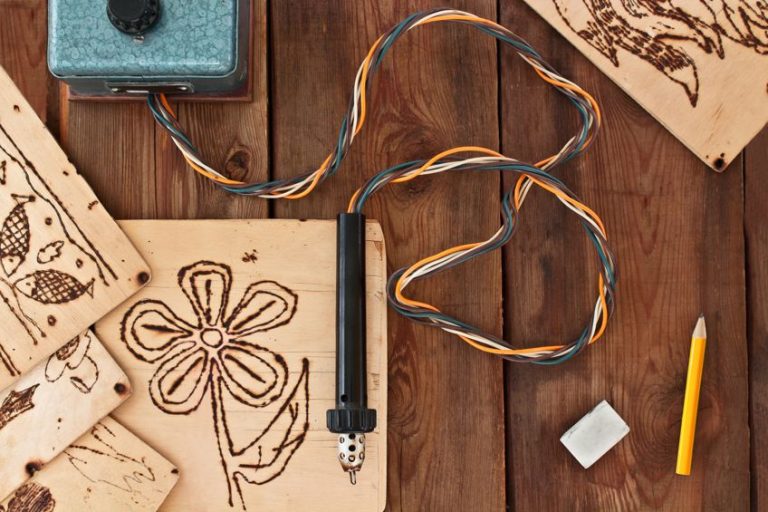


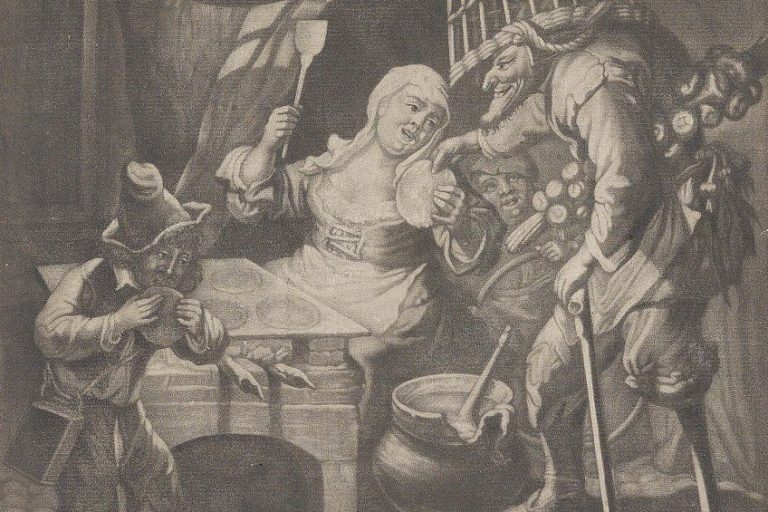


wow,
your website is highly remarkable and well detailing…
The write ups are so interesting, keep it up.
This makes me fall more in love with art